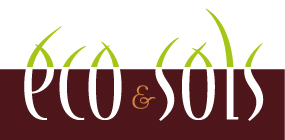Impact of land use and management on earthworm communities
The biogeography (i.e., discipline of biology that studies the present and past distribution patterns of biological diversity and their underlying environmental and historical causes) as well as the anthropogenic and natural factors impacting earthworm communities (composition, structure and functional traits) remain largely unknown. Yet, earthworms are ecosystem engineers involved in key soil functions and associated ecosystem services.
Objectifs
LANDWORM aims to quantify the current and past (less than 50 years) effects of land use and management on earthworm communities, considering the heterogeneity of soil and climatic contexts at the national scale, in order to
- understand and predict earthworm community assembly
- identify favorable land management practices.
LANDWORM also aims to produce reference and threshold values to contribute to the bio-monitoring of the French territory. The data collected by this working group covers agricultural, forestry, semi-natural and artificial land uses and the main land management practices associated with these uses..
Date
2022-2025
Financement
Fondation pour la recherche sur la biodiversité
Centre de synthèse et d’analyse sur la biodiversité 
Principaux partenaires
- Université de Rennes (France)
- INRAE (France)
- University of Vigo (Spain)
- University of Central Lancashire (United Kingdom)
- Université de Montpelier (France)
- Université de Neufchâtel (Switzerland)
- KU Leuven (Belgium)
- European Commission’s Joint Research Centre (Italy)
- Institut Agro (France)
- Netherlands Institute of Ecology (Netherlands)
Contact
Daniel CLUZEAU – Université de Rennes (France)
Céline PELOSI – INRAE (France)
ou pour l'UMR Eco&Sols Mickael Hedde, INRAE, France (







